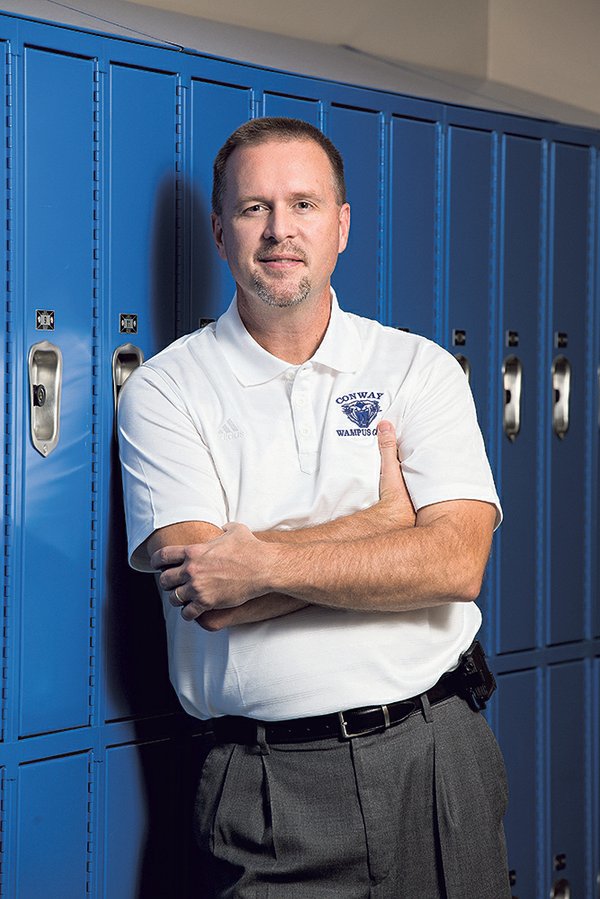Table of Content
During their trip, the kids witness two people falling off the train and getting crushed, they are robbed, caught by immigration authorities in Mexico and deported back home, and one witnesses two women being repeatedly raped in a boxcar. This documentary is very well done, and is an example of some of the best unbiased film-making of a difficult subject I have ever seen. It is definitely worth watching - a shot of realism that made me more grateful than ever that I was born in America and have it very good. I first started watching this film one late night when I could find nothing better on TV...after the first 20 minutes of the movie I found myself trying to stay wake just to finish it. The movie starts off with a large group of children boarding the top of a train late one night but then starts to focus in on a few select children.
Eventually Juan Carlos is picked up by immigration officials and he's deported back to Guatemala, where his mother is glad he's back but also has no regrets about sending Francisco to the United States, despite the perils of the journey. First, this film does not get into the pro- and anti-illegal immigrant debate. It simply chronicles the journey of several children riding the "Beast," a Mexican train that runs north of the border with Guatemala. Many people looking to enter the US illegally will board the train to make the treacherous and often deadly trip. The children are from 9 to 17 years old and are either looking to reunite with family in the US, or seeking a better life away from extreme poverty in their home countries. It's difficult to imagine that anyone can watch this and not feel heartbroken - these are children, some of whom have been abandoned and have no idea the danger they face in their quest for a new life.
User reviews10
Children who live in poverty and wretched conditions climb on to freight trains bound for the U.S. in hopes of a better life. When they talk of the U.S. they dream of television realities, tall buildings, beautiful people, the land of plenty, smiles all the while on their faces. Burglarized and beaten all the while hungry with the potential of being raped and murdered, all for the sake of trying to get a job in the U.S. to feed their family or go to school. This 16 year old boy talks about witnessing a mother and daughter being raped by 15 men and there's this tear in his eye that can't quite drop. All these children attempt to drown their pain, to bury it, all the while hoping, praying, for that one chance that they may have a better life. It's hard to review this movie and not want to talk about immigration policy.
According to Bruno, Andorra et al. , kids in El Salvador, Honduras and Guatemala are exposed to high instances of child abuse. Cases of child abuse in the mentioned regions are attributed to poverty, drug abuse, and alcoholism. Most of the children in the documentary are Honduran, thus are exposed to instances of domestic violence.
Related Films
The documentary follows the children and hears their stories as they migrate from town to town in Mexico, gradually heading north. Interestingly, crossing the border into the USA is the least of their worries; they are more concerned with the hazards of the Arizona desert. And so they should be, because part of the story covers those children returned in coffins after they were found dead.

Therefore, those parents also went to the United States to make their lives better, and that is why their children are following them. These are the reasons why the improvement of economic and social protection services plays an integral role in ensuring that their respective governments cover both adults and children. Government policies that have strategic and clearly defined measures can ensure that no citizen suffers as the government will be able to shield them from any uncertainties. Many countries across the world have definite rules and regulations defining that in case of family separation; the father bears a responsibility of taking care of individual’s children. Under the defined situations, it can be argued that imperfect political institution in Central America contributes to instances of illegal children immigration. This documentary follows several children trying to get to America from Central American or southern Mexico, entirely on their own.
Which Way Home: A Real-Life Slumdog on the Mexican Railroad
It also bring to the forefront the situation we currently face with illegal immigration in America. “Which Way Home” showcases the dangers that the children immigrants go through as they seek better lives and security for their future as their countries forsake them and their parents. Subsequently, it shows the dangers of the travels because they try to get into America illegally through the Mexican border, and it has the protection of the border patrol.
The primary driving force urging the children to migrate to a place far away from their homeland is searching for a better life overall. It should, however, be noted that each of the children in the movie bears a varying perspective and urge towards migrating to the United States. This is uncomfortable subject matter, in part because watching it reminds you how comfortable things are here in the States, despite the economic crash. None of us, after all, are sneaking our kids onto the Adirondack in hopes they'll find a better life in the lumber mills of Quebec.
Docuseek subjects
Katie Beckett’s Which Way Home is a tender work about the father-daughter relationship, and a look at the ageing process. Young and old are placed in contrast with one another, for an appreciation of the way we mature, and for the value that elders embody in our communities. At its best, the play contains profound observations about family that are rarely articulated in our art, but a tendency to mollify the harder questions about kinship, results in a reduction of poignancy with what is being delivered. Most of the problems that make children immigrants run away from their home countries can be easily solved by their governments. Most of the children immigrant’s reasons for seeking a chance to be in the United States is directly connected to their family members.
It can thus be argued that children, as well as adults from Central America, are willing to settle in America without legal documentation to secure well-paying jobs. Instances of illegal children migration from Central America to the United States of America has attracted the attention of the current United States government administration. In response to mitigating rising cases of illegal immigrants, the United States government, under the leadership of President Trump, have defined strict illegal immigrant’s rules. Irrespective of the stern measures put across to deter instances of unlawful immigrants, citizens from Central America and Mexico are willing to take the necessary risks to settle in the United States of America. This documentary is not political, and does not address anything about how to handle the problem with immigration. It is merely a compelling collection of stories of children traveling alone.
One of the son's bodies is so decomposed that the parents must wait for positive identification through DNA evidence. There's a great scene where the hearse driver brings the boy's body back to his parents and he's all broken up over so many of these cases he sees, almost everyday. One thing I was surprised about was the number of social service groups throughout Mexico and Central America who are devoted to helping the child migrants.
These are naturally sad stories, but I have to say they're hardly surprising. In fact, the most surprising thing is that the homes they're fleeing really don't seem THAT bad. But I suppose the siren call of the mythical American Dream is too much for some to resist. Director Rebecca Cammisa wisely stays away from politicizing the situation, and the film is done without narration and only brief informational titles. However, this means there is also a lack of any proposed remedies to the problem.
The film is heartbreaking and the brave young kids are a testament to the yearning to survive of the human spirit and the cinematography is breathtaking. Every American should watch Which Way Home to gain a perspective on the struggles of the immigrants so often denigrated here; it is an eye opener. Here the film detours from the children it has been following to offer a cautionary story of two sets of parents back in Mexico who learn their sons — cousins who traveled together — have been found dead in the Arizona desert. Their mothers show photographs of their lost boys, graduating from high school or posing with family members. One body is so decomposed that it must be identified by DNA tests, a process that takes weeks.


















